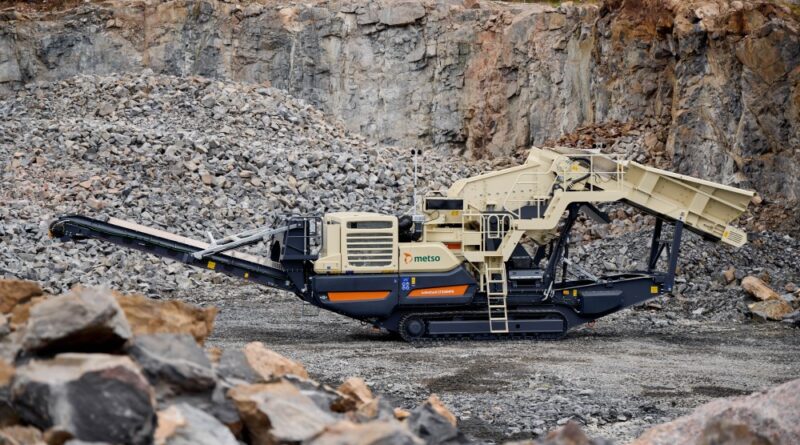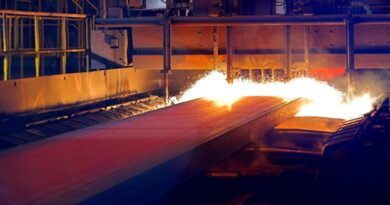Rare earth elements: mining and refining
Rare earth elements (REEs) are lustrous, silvery-white, soft heavy metals with a vast array of industrial applications. They’re used in the electrical and electronic industries, the oil industry, aviation and the manufacture of glass and lasers, among other things. However, their use in magnet technologies, in particular, provide an opportunity to improve the efficiency of and/or miniaturise critical electronic components. The development of high strength rare earth permanent magnets has proven crucial to the development of certain new energy technologies.
Commercial extraction of rare earths is dominated by a small number of mineralogies, including bastnaesite, ion-adsorption clays, monazite and xenotime, which together account for more than 95% of economic production.
The light REEs are predominantly recovered from mineral concentrates of monazite and bastnaesite in China, the US, Australia, India and Madagascar, but also, to a lesser extent, from the mineral loparite, mined in Russia.
Most heavy REEs are sourced from ion-adsorption clay deposits and xenotime mineralisation in Myanmar and China, with minor volumes sourced from Australia.
Concentrates of rare earth minerals are exclusively processed into refined products, either as mixed or semi-separated compounds or individual rare earth compounds. For magnetic applications, rare earth oxides must be further refined into rare earth metals and alloys, the requisite precursor materials for magnet manufacturing.
Refined production is heavily centred in China, where domestic production is supported both by domestic mining operations and imports of ores and mineral concentrates. China increased its proportion of global refined supply from 45% of global production in 1991 to in excess of 97% in 2009. Low prices and a migration of downstream customers into the Chinese market resulted in the closure or suspension of many non-Chinese operations. Unofficial or illegal production of rare earths also contributed to China’s dominance, where heavy REE-enriched deposits in southern provinces were targeted in a bid to capitalise on high prices in the late 2000s. As prices fell in the early 2010s, the environmental and social damage caused by illegal mining prompted a state-led crackdown on said operations.
Although high rare earth prices between 2009 and 2011 enabled an increase in Chinese production, it also incentivised a surge in the exploration and development of rare earth projects globally. Despite several operations commissioning rare earth capacity outside of China, only a handful of companies maintained consistent production as prices declined between 2012 and 2016.
In 2020, China accounted for 85% of global production of refined rare earth products, with other Asian countries (Malaysia, India and Vietnam) and comparatively minor European operations accounting for the remainder. China also consolidated its domestic rare earth industry into six state-owned enterprises, giving it greater control over the supply and pricing of rare earth exports globally.




